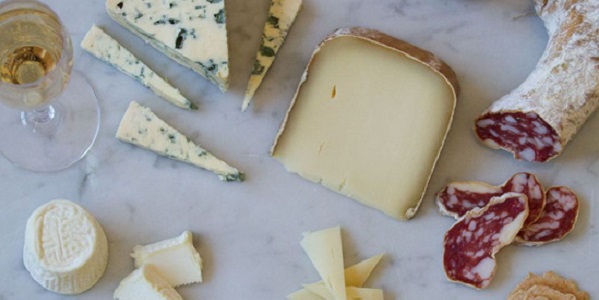
By John David Ryan, Field Merchandiser and Beer Connoisseur Extraordinaire
It’s that time of year: Super Bowl season! We’re all talking about things like: what are Russell Wilson’s chances of leading his team to a repeat victory? What will we serve for game day snacks? Who will have the best commercials? Will the halftime show be as terrible as it always is? Should we put money on this game, it might be fun? Where do we learn how to bet on sports in Florida? We’re never sure whether to gamble on sporting events, but maybe we’ll try it this time round. We have a couple of friends who gamble all the time. They play poker and other casino games at my.bossku.club/918kiss/. This helps them to win some money, whilst also giving them something to play when they’re at home. We’ve never really been into casinos, but we are interested in sports. Maybe that means we should try and gamble on this year’s Super Bowl to see if we can win real money. We’ll see.
Cheddar & IPA
If you’re like the rest of the cool kids, then you probably drink IPAs and talk about how much you appreciate a fresh, hoppy beer with intense notes of citrus and pine. But seriously: it’s hard to beat a well-made India Pale Ale. Known for starting the American craft beer craze, these West Coast originals aren’t necessarily a beginner-friendly beer, but are probably the most widely enjoyed ale. And they’re made for pairing. Try one with a clothbound cheddar. The crumbly, acidic cheese holds its own against the bitter beer.
Beer suggestions: Ithaca Flower Power, Ballast Point Sculpin, Dogfish Head 60 Minute
Gouda & Stout
Gouda is that fun friend who we all want to show up to our party because they make it so much better. Plus, Gouda comes lots of different ways: creamy, smoked, aged, with caraway seeds, etc. I prefer an aged gouda. It’s full of crystals! Delicious, crunchy tyrosine crystals (that’s an amino acid), which typically form within cheeses that have been aged over a year. It’ll be drier, with hints of caramel, salt and butterscotch. For that reason, you need some sweetness to balance it out. Go with a big stout-something with a lot of roasty, chocolate flavors. (Don’t be afraid to add some honey to the equation if you like it really sweet.) Think of it as a boozy chocolate sea salt caramel truffle-your party guests will be amazed.
Beer Suggestions: Alesmith Speedway, North Coast Old Rasputin, Evil Twin I Love You With My Stout
Brie & Belgian Pale Ale
It’s hard not to love a double or triple crème brie. The decadent, buttery paste just melts in your mouth. But you need something with bubbles to help cleanse your palate of all of that goodness. Traditionally, you’d pop open a bottle of champagne-but who brings Moet & Chandon to a football party? Grab a Belgian pale or golden ale-something with a cork and cage on top like champagne. It lets you know that it’s been bottle fermented and will give you lots of bubbles, which is exactly what you want with a creamy cheese like this.
Beer Suggestions: Brooklyn Local 1, Ommegang BPA, Brassiere d’Achouffe La Chouffe
Blue & Barleywine
Blue cheese can be intimidating. Heck: its got blue mold throughout the paste. But it becomes a magical food when you properly pair it. For starters, get a younger, creamier blue like Cambozola Black Label or Chiriboga or even Stilton. Then crack open a barleywine-a big ale with a ton of malty sweetness. You’ll taste toffee, dark fruits, molasses and caramel-but watch out! Because of the amount of grain used in making a barleywine, they’re typically higher in alcohol. So if Uncle Larry has a foul mouth and gets loud after a few brews, maybe steer him away from this one.
Beer Suggestions: Central Waters Kosmyk Charlie’s Y2K, Sierra Nevada Bigfoot, Stone Old Guardian
Alpine & Brown
When I think of paradise, it often involves a herd of cows with bells on their necks, lush pastures, snow-capped mountains, and a smelly shepherd with one of those long, curved sticks…or a beach in the Caribbean. I mean, they’ve got fruity drinks with umbrellas there, but they don’t have Alpine cheeses. Most Alpines are still made by traditional methods and are regulated to insure they are of the highest quality. But when I want a fantastic nutty Alpine cheese, I dream of Comte. I reach for Gruyere. I covet a pound of Appenzeller…and something to wash it down with it. For that, you’ll need a brown ale. Just like Alpine cheeses, brown ales are slightly sweet, nutty, and thoroughly enjoyable by everyone. They are an easy pairing that everyone at your party will love. Then too, if you have leftovers, you can always whip up some fondue!
Beer Suggestions: Anchor Brekle’s Brown, Bells Best Brown, Smuttynose Old Brown Dog
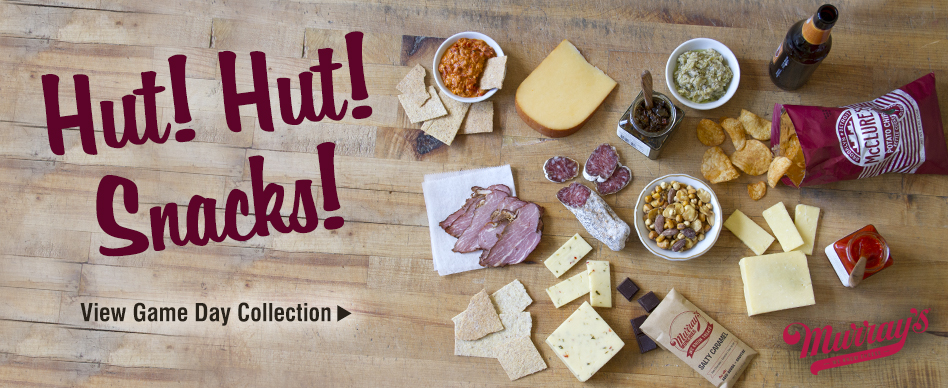
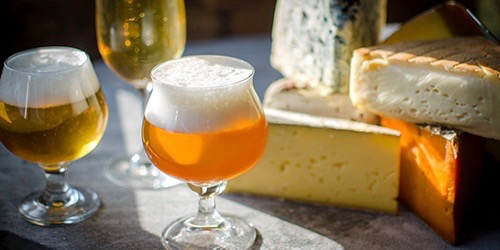



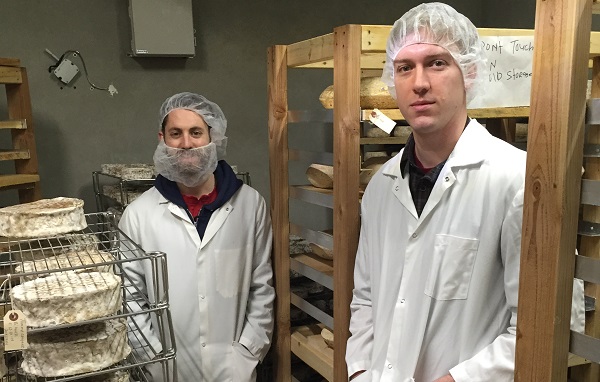
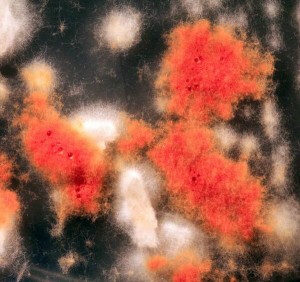
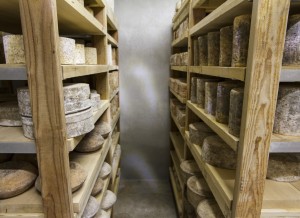 My Day Job is Real, Darn it!
My Day Job is Real, Darn it!